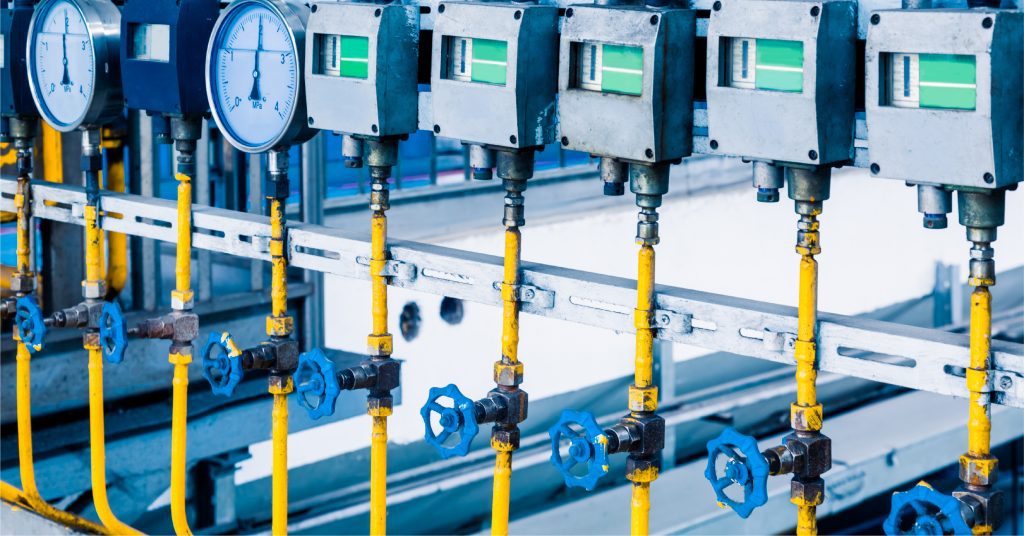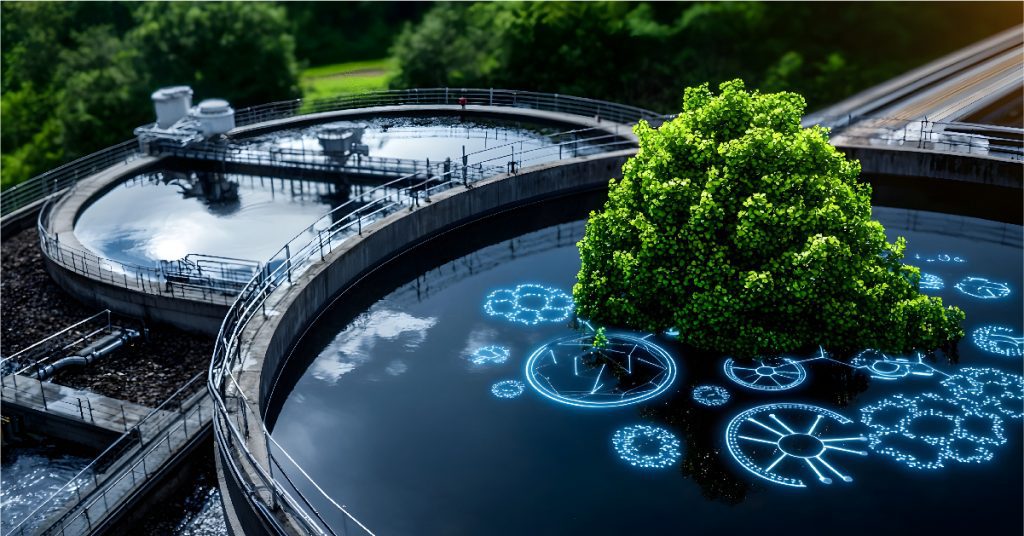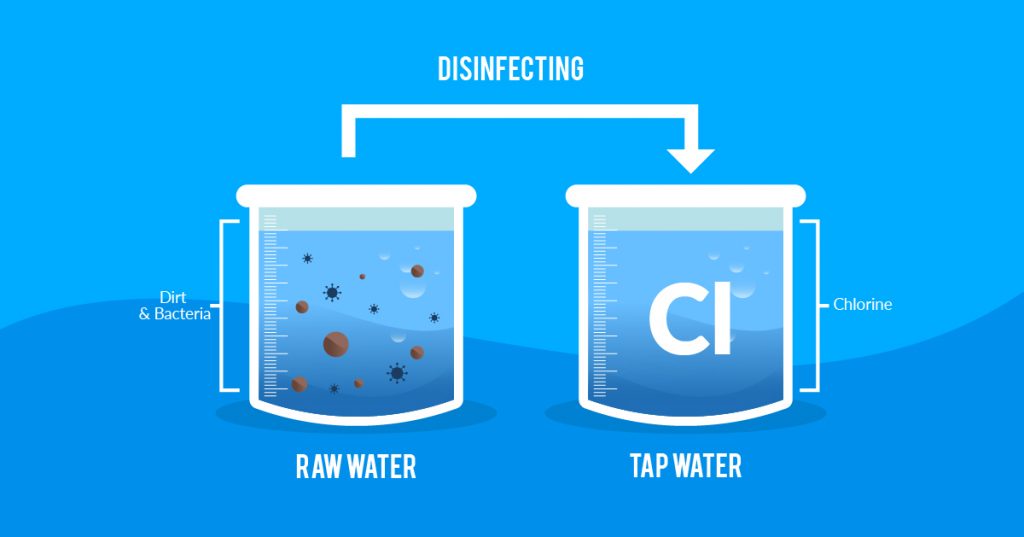Water is one of the most vital resources for both industrial and domestic applications, and maintaining its quality is critical to health and sustainability. Water treatment technologies have evolved to address various contaminants, and multimedia filters are among the most efficient solutions. In the USA, where industries and municipalities prioritize water quality, multimedia filters have become an integral part of the water treatment process.
This article explores how multimedia filters work, their role in water treatment, and why they are widely adopted in the United States.
What is a Multimedia Filter?
A multimedia filter is a type of filtration system that removes suspended solids, sediment, turbidity, and other particles from water. Unlike single-media filters that use only one layer of filter material, multimedia filters use multiple layers of filter media, each with different densities and particle sizes. These layers ensure superior filtration efficiency and extended service life.
The most common filter media used in a multimedia filter water treatment system include:
- Anthracite – a top layer that traps large particles.
- Sand – a middle layer for fine particle removal.
- Garnet – a bottom layer for removing the finest particulates.
How Does a Multimedia Filter Work in Water Treatment?
The functionality of a multimedia filter in water treatment lies in its ability to trap contaminants effectively through its multiple filter layers. Here is a step-by-step explanation of how multimedia filters work:
1. Inlet Water Flow
The untreated water enters the multimedia filter from the top and moves downward through the layers of filter media. The flow rate is carefully controlled to ensure maximum filtration efficiency.
2. Progressive Filtration
-
- In the anthracite layer, larger contaminants such as sediment, silt, and organic debris are captured.
- As the water continues to flow, the sand layer traps smaller particles that escape the anthracite layer.
- The garnet layer at the bottom captures the finest particles, ensuring that the water emerging from the filter is clear and free of suspended solids.
3. Filtered Water Collection
After passing through all three layers, the clean water is collected through an underdrain system at the bottom of the filter and is ready for further treatment or distribution.
4. Backwashing
Over time, the filter media becomes saturated with contaminants, reducing its efficiency. A process known as backwashing is used to clean the filter media. During backwashing, water flows in the reverse direction (from bottom to top), dislodging trapped particles and flushing them out of the filter. After backwashing, the filter resumes normal operation.
Applications of Multimedia Filters in Water Treatment
The versatility and efficiency of multimedia filters make them ideal for a wide range of water treatment applications in the USA. Some of the prominent uses include:
1. Municipal Water Treatment
Many municipalities use multimedia sand filters to remove turbidity and suspended solids from drinking water supplies. The filters ensure that treated water meets regulatory standards for clarity and quality.
2. Industrial Water Treatment
Industries such as power generation, food and beverage, pharmaceuticals, and chemical manufacturing rely on multimedia filters to remove impurities from processed water. Clean water is essential for improving production efficiency and ensuring product quality.
3. Pretreatment for Reverse Osmosis (RO) Systems
Multimedia filter water treatment systems are often used as a pretreatment step before reverse osmosis. By removing suspended solids, multimedia filters prevent fouling and clogging of RO membranes, thereby extending their lifespan.
4. Wastewater Treatment
In wastewater treatment plants, multimedia filters play a crucial role in polishing treated water to remove remaining particles and improve clarity before discharge or reuse.
5. Swimming Pools and Aquatic Facilities
Multimedia sand filters are widely used in swimming pools and aquatic centers to maintain clear and clean water, free from debris and contaminants.
Why Multimedia Filters are Popular in the USA?
In the United States, stringent water quality regulations and the growing need for sustainable water management drive the adoption of multimedia filters. Industries and municipalities prioritize efficient water treatment solutions to comply with environmental standards, reduce operational costs, and enhance water reuse capabilities.
The robustness and reliability of multimedia sand filters make them a preferred choice for addressing turbidity, sediment, and suspended solids. Whether in drinking water treatment, industrial processes, or wastewater treatment, multimedia filters ensure clean and safe water for various applications.
Ion Exchange: Leading Multimedia Filter Solutions in the USA
The INDION NG series of auto filters, including the NGMF deep bed filters, are designed for industrial and commercial applications with superior filtration capabilities. These filters use specially graded sand media for deep bed filtration, allowing them to handle feed water with up to 25 ppm TSS at nearly three times the surface velocity of conventional sand filters. The treated water from these filters contains less than 5 ppm TSS, ensuring high-quality results.
Key features include an aesthetically designed, lightweight, and easy-to-install structure. Each unit is preassembled and tested before shipment for seamless setup. The filters are primarily constructed from plastic materials, with the pressure vessel made from fiber-reinforced plastic (FRP) and the pipes from polyvinyl chloride (PVC), making them durable and efficient for long-term use.
Conclusion
The role of multimedia filters in water treatment is indispensable in ensuring clean, clear, and contaminant-free water for diverse applications in the USA. By leveraging multiple layers of filter media, multimedia filters provide superior filtration performance, making them a reliable and cost-effective solution for water treatment challenges.





